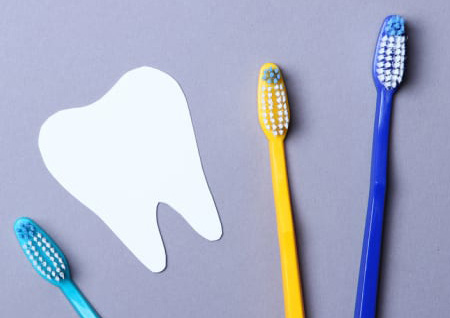Bone Grafts & Dental Implants
If you are generally healthy and lose a tooth to trauma, infection, periodontal disease or something else, your dentist may recommend a dental implant to replace the lost tooth.
This artificial tooth root will be surgically placed in your jawbone so a tooth replacement such as a crown or bridge can be attached. Once the procedure is complete, your implant will look and feel similar to your natural teeth.
However, if your jawbone is too soft or thin to support a dental implant, you may need a bone grafting procedure to help strengthen your jawbone and preserve your oral health. A bone graft might also be needed to help regenerate bone if deterioration has occurred due to severe gum disease or to help prevent teeth from loosening or falling out.
The Dental Implant Procedure
The dental implant procedure takes place in stages, the first of which is extracting the damaged tooth before preparing the jawbone for surgery. If you require a bone graft, the dentist will add tissue to your jawbone to strengthen it, and restore areas where the bone has deteriorated. A bone graft can also restore proper contour to the facial area.
For the dental implant, a titanium rod is placed underneath gum tissue into the jawbone, before the gum tissue is stitched back into place. The implant will then begin to bond to the bone through a process called osseointegration. As the area heals, the implant attaches to the gum tissue.
During another appointment, the dentist will attach the abutment to the rod, before using a tooth replacement to cap the abutment, leaving you with a functional, natural-looking tooth.
Bone Grafting
Bone graft material can be taken from your own body (autogenous), purchased from a human tissue bank (allograft) or an animal tissue bank (xenograft). In some cases, synthetic material is used (alloplast). The material is then transplanted to the jawbone.
It may take several months after a bone grafting procedure for the transplanted bone to generate enough new bone to support the placement of a dental implant.
Once the jawbone has healed, your dentist can surgically place the implant into the jawbone. This stage may also take up to several months to heal.
The next step is to place the abutment (an extension of the implant's metal post) into the jaw. After another period to allow the soft tissue to heal, the dentist will take molds or impressions of the teeth and jawbone before inserting the tooth replacement.
A Healthier Smile
While bone grafting and dental implant procedures can take some time, the process can leave you with healthier teeth and help protect your oral and overall health from the consequences of bone deterioration and missing teeth.
Do you have more questions about bone grafting and dental implants?
Speak to your dentist to find out whether you are a good candidate for dental implants.





